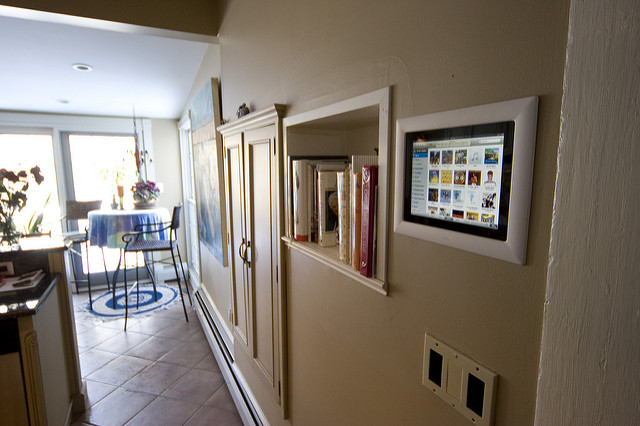What Builders Need to Know About the Stretch Energy Code
It can be challenging to stay up to date with building codes and guidelines, but if you are a builder, then staying current is an absolute must. In Massachusetts, a new stretch energy code was recently adopted. So what does this mean? Read on to find out!
What is the Stretch Energy Code?
In a nutshell, the stretch code in Massachusetts is an optional part of the building code that deals with energy efficiency. Municipalities can adopt the stretch code, which then increases energy efficiency requirements in that municipality. This applies to both commercial and residential structures, and it applies to new construction as well as remodeling that is extensive enough to require code enforcement.
Because the stretch code is optional, it isn’t in effect in every municipality in Massachusetts. As of June 2016, 176 municipalities have adopted it. Click here to see a map showing where the stretch code is enforced.
 When Does the New Code Take Effect?
When Does the New Code Take Effect?
The new stretch energy code went into effect on August 12, 2016. However, that doesn’t mean you have to be up to the code immediately. The updated code comes with a concurrency period, which means that between August 12, 2016 and January 1, 2017, builders can use either code — the new one or the old one. By January 2, 2017, all builders working under the stretch code will need to comply with the updated version.
What Are the Provisions of the New Stretch Code?
By energy efficiency standards, the new code is roughly 20% more energy efficient than the base code for Massachusetts in communities that have not adopted the stretch energy code. It applies to all new construction, and major renovations on homes but not on commercial buildings.
Essentially, to comply with the residential stretch code, builders need to adhere to the Energy Star 3.1 standards in order to be compliant. In order to get a building permit, builders will need to submit plans with a preliminary Home Energy Ratings System (HERS) rating. You can see the qualifying HERS ratings along with some of the other requirements by clicking here. There is also an Energy Rating Index (ERI) compliance that you’ll need to follow. In order for a building to meet ERI compliance, you’ll need to meet certain ERI scores, which you can find on page 72 of this document.
As far as actual building requirements go, the stretch code is meant to bring several factors that contribute to energy efficiency up to standard. First, compliant homes should be well sealed. Insulation must also be up to par to ensure that the heating, cooling and lighting systems are all operating as efficiently as possible. Things like energy efficient windows and doors can help you to meet code, as can renewable energy options like solar panels — although it should be noted that renewables are not a requirement.
Sounds complicated, right? Well, this new stretch code change actually represents a drastic simplification over the old stretch energy code. Energy efficiency requirements have gone up across the board, but the code is much more standardized than the previous version. For the forms that you’ll need, visit the Massachusetts Stretch Energy Code page.
If you have more questions about the stretch energy code, check out some of the resource links that we have provided. As a builder, you’ll want to take a look at all of this information so that you can make sure that the jobs you complete are up to code!

